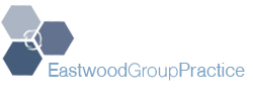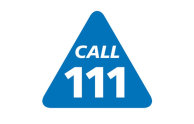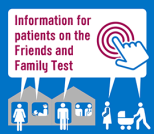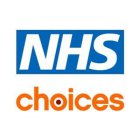What is a Patient Participation Group: A Brief Guide
Introduction
Patient Participation Groups (PPG) within General Practices are not new. The first PPG was set up on the 30 November 1972 at The Health Centre, Berinsfield near Oxford. At present it is estimated that a least 41 per cent of General Practices in England and Wales have a PPG. At least 600 of them are members of the National Association for Patient Participation (NAPP), a registered charity in England and Wales since 1978 which is the umbrella organisation for Patient Participation Groups (PPGs) within the Primary Care setting. Currently in Scotland only eight Practices are affiliated to NAPP. Despite their development, Patient Participation Groups are still not very well-known and most people do not know what they do. This brief guide explains how PPGs work and what their role and function may be. It is important to note that there is no single or definitive model for a Patient Participation Group. Each group is different. This is considered to be a good thing, in that it means that each group can evolve and develop according to the wishes of the patients in each Practice - the Practice Population.
Patient Participation Groups
Patient Participation Groups tend to be set up by Practices but, over time, they are usually run by patients. Typically they will have a committee that meets regularly to give the PPG some leadership and a sense of direction. The PPG should work closely with the Practice and it is normal for members of the Practice Team, including General Practitioners to be part of the Patient Participation Group. Patient Participation Groups are not set up to be a ‘forum for moaners’ but nor are they ‘doctor fan clubs’. They are a route for patients to advise and inform the Practice on what matters most to patients and to help identify solutions to problems. Members of PPGs should think about the wider patient interest and not just their own personal concerns when serving on the PPG. Every PPG should be clear about what it is there to and hopes to achieve. It should have well-thought out core objectives so that if someone asks what the Group does, there is a clear answer. These goals and aspirations need to be realistic and achievable because the PPG is run by volunteers. In most instances, the Patient Partnership Group will work in partnership with the Practice and significant other partners and, in that way, it can achieve a great deal more.
What do Patient Participation Groups do?
As noted above the activities of Patient Partnership Groups vary because they develop and evolve to meet local needs of their Practice Population and may, for example, include either or all of the following:
*** Improving communication by assisting in the production newsletters or leaflets that provide patients with information about their health and how to access services
*** Together with members of the Practice Team and other significant NHS and/or Local Authority partners participate as appropriate in the organisation of health promotion events so that patients can have a really good understanding of their health and how best to look after it.
*** Acting as a ‘critical friend’ to the Practice, by helping it appreciate and understand what patients are thinking and are saying about issues, such as, opening hours, telephone systems, requests for home visits, delays in being taken for appointment, seeing their favourite GP, seeing their favourite Practice Nurse, repeat prescriptions and the range and type of services provided within the Practice.
*** Helping to fill some of the gaps in services by signposting patients to available support or providing services such as patient libraries, volunteer transport, befriending and support groups.
*** Fundraising to support the work of the PPG and to improve the care that is available to patients of the Practice.
*** Influencing the services that are provided, and where they are provided, by taking part in what are called commissioning decisions: this means that services can be developed in the way that is best for patients.
*** Undertaking appropriate survey or research to find out what matters to patients and discussing the findings with the Practice.
It is important to note that because of different administrative structures arrangements and responsibilities within England, Wales and Scotland some of the examples given above may not be applicable to the role and function of Patient Partnership Groups in Scotland.
Getting Involved
To some people reading this brief guide, this will seem rather daunting. But be rest assured that, according to the National Association for Patient Participation (NAPP), Patient Participation Groups across the country, run by patients, are doing these things and are making a real difference. Choose the level and degree of involvement that suits you best, whether as a member of the Group or just helping out once in a while. It is all voluntary and every and each contribution is appreciated and valued.












